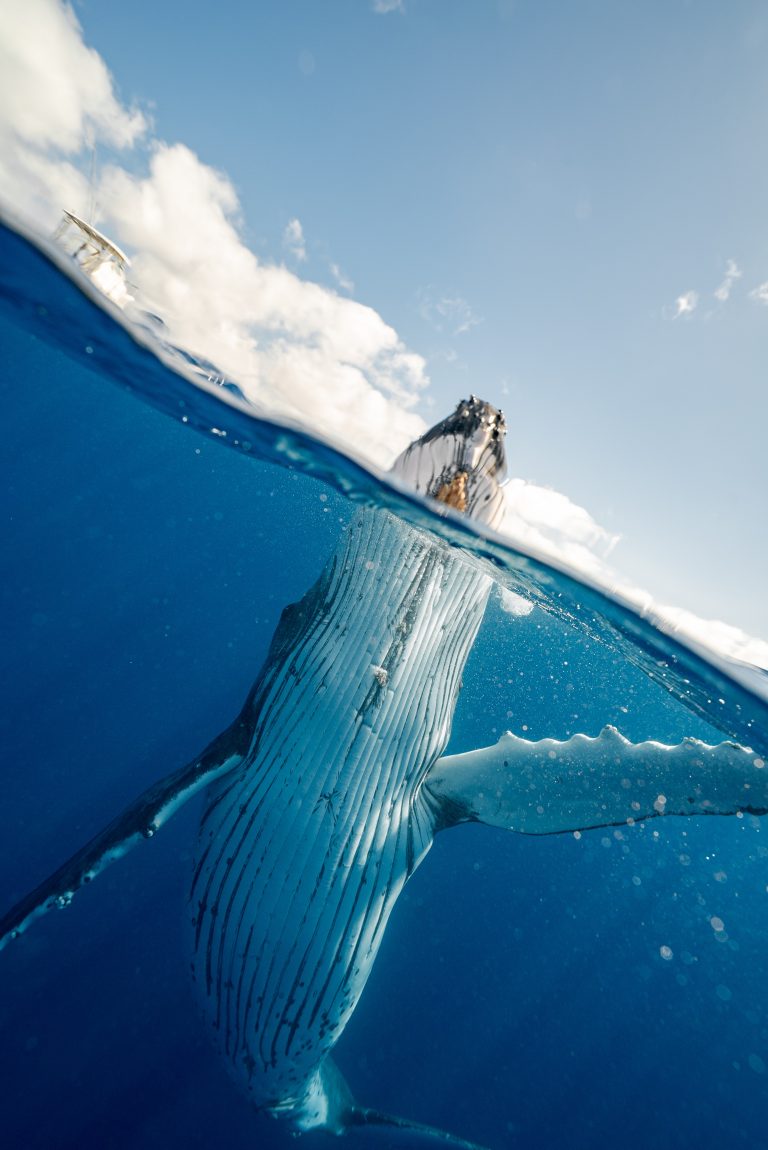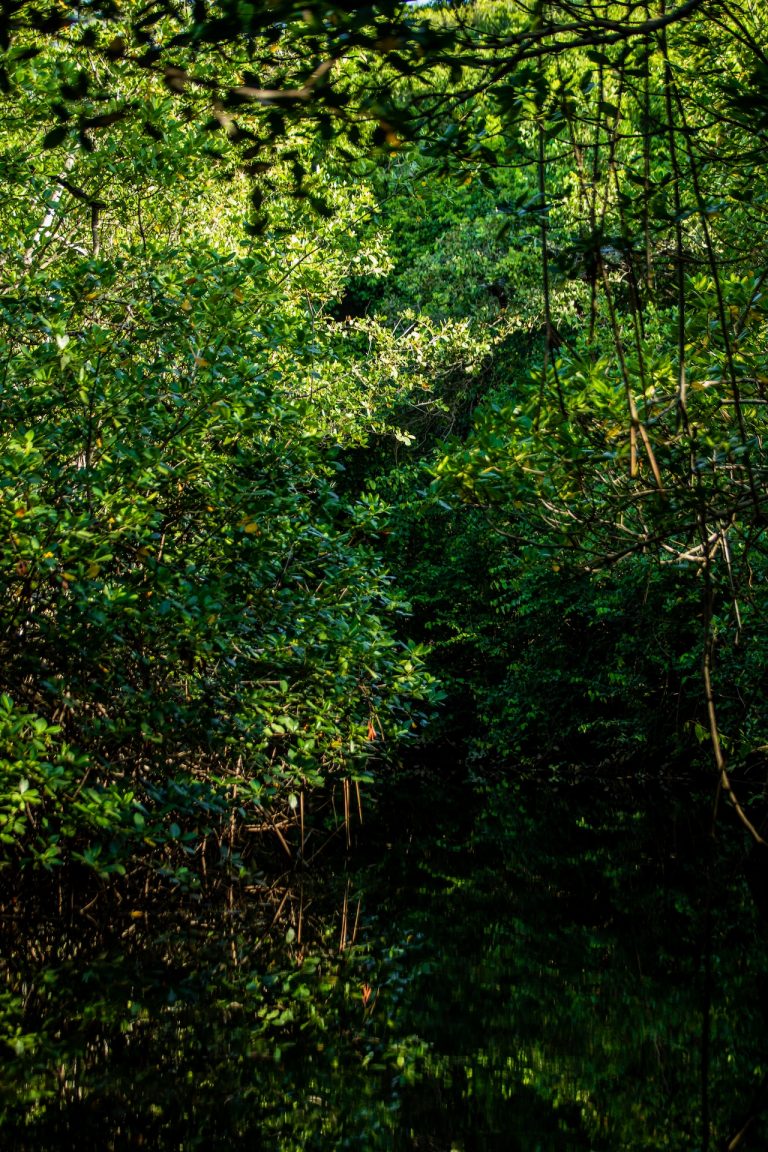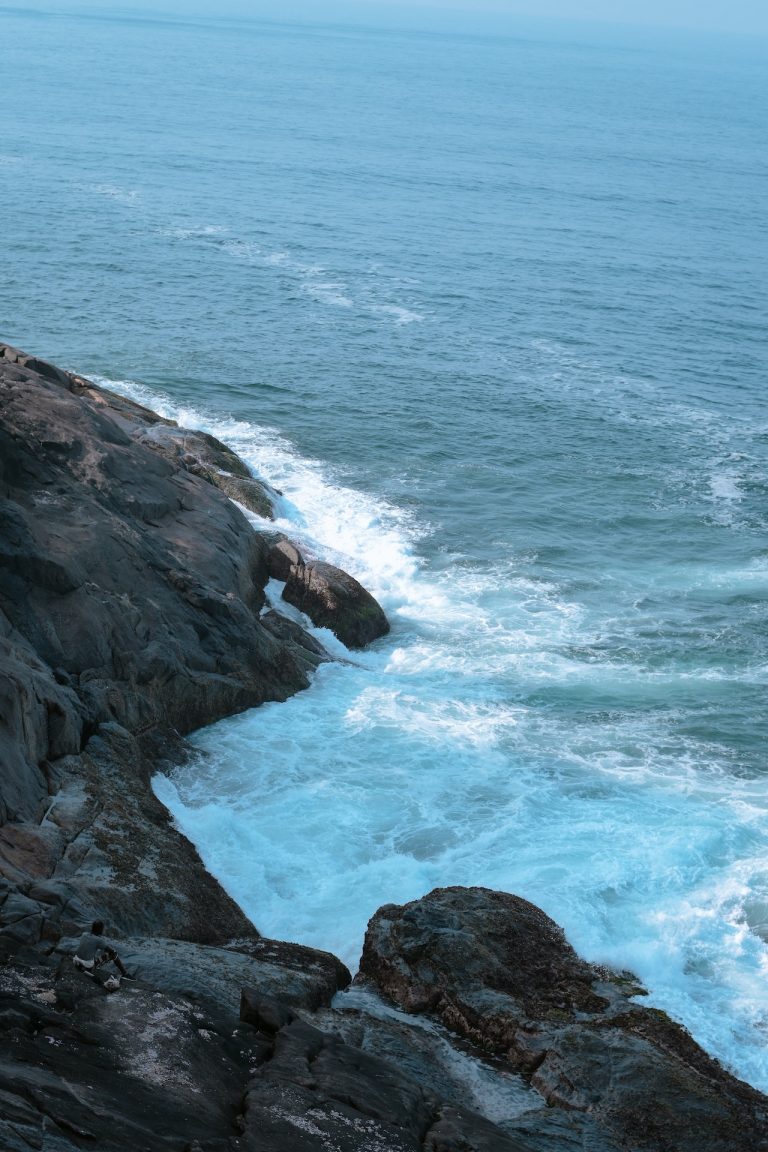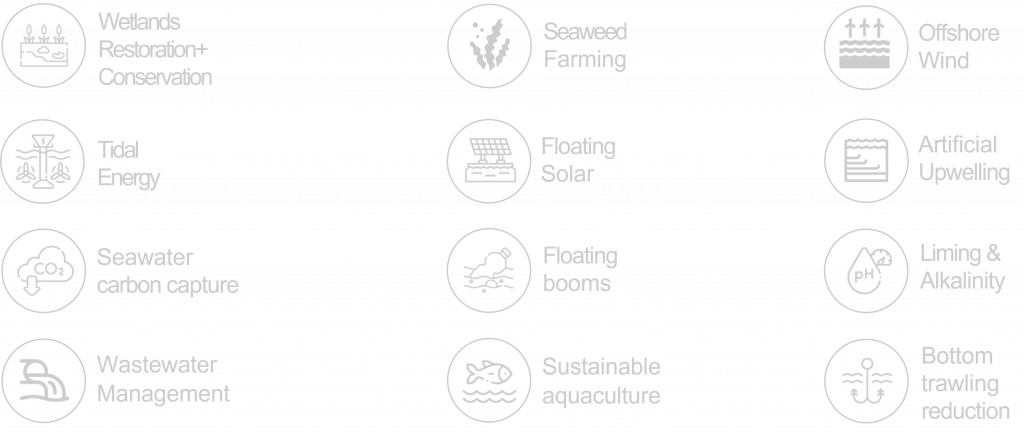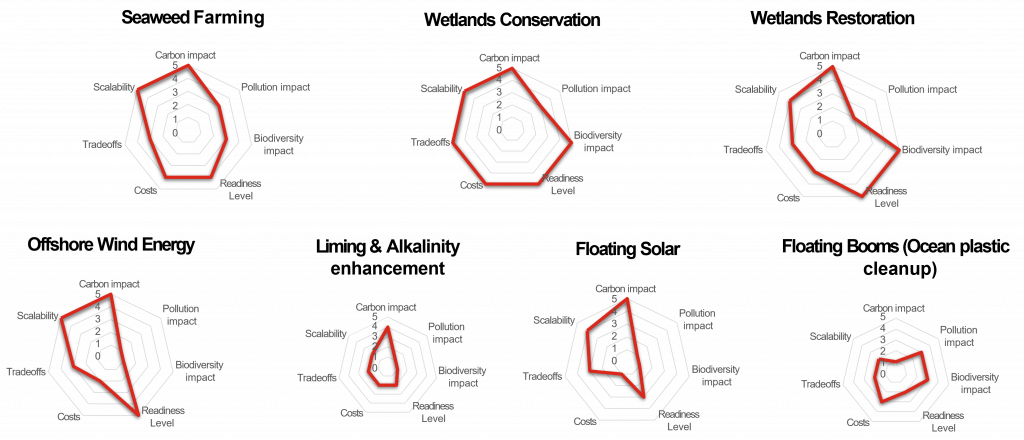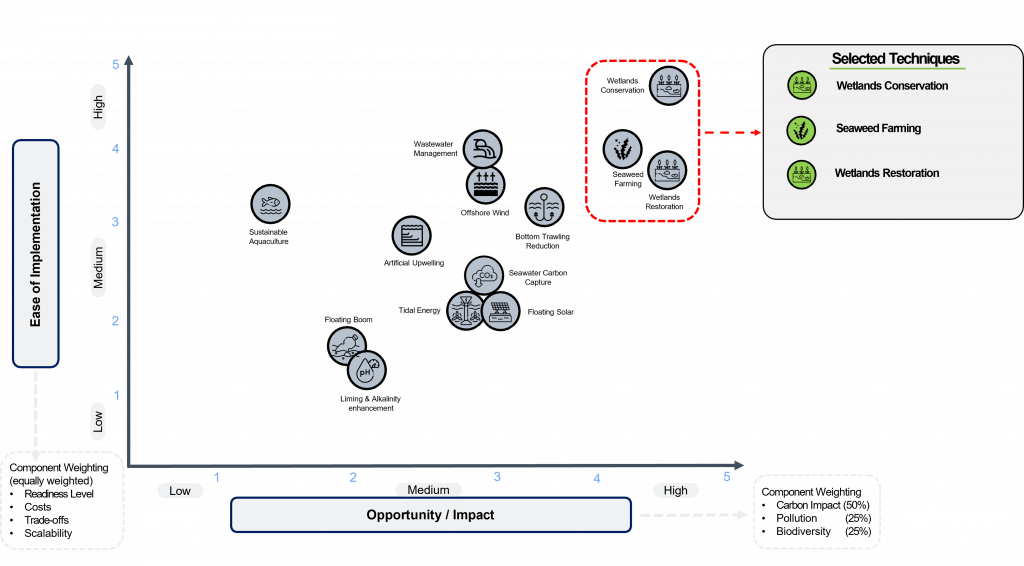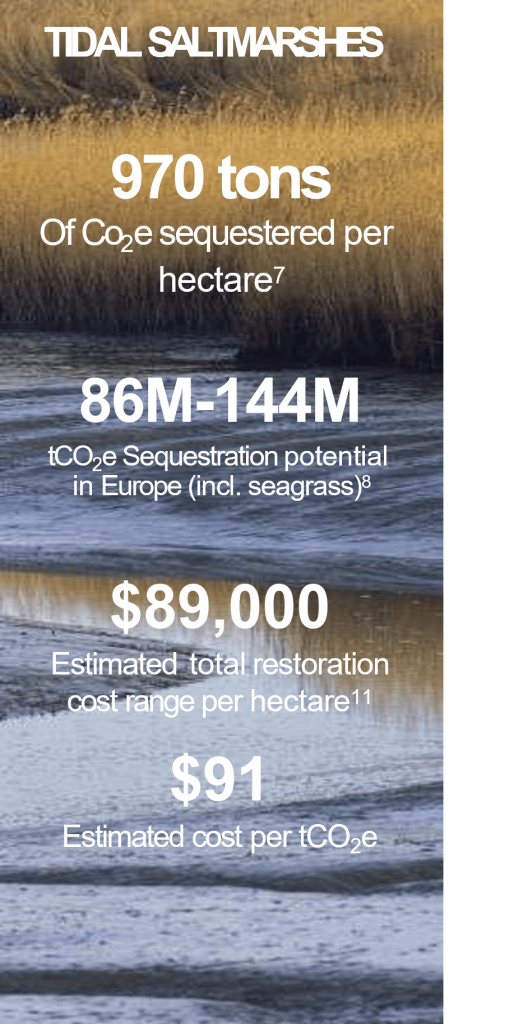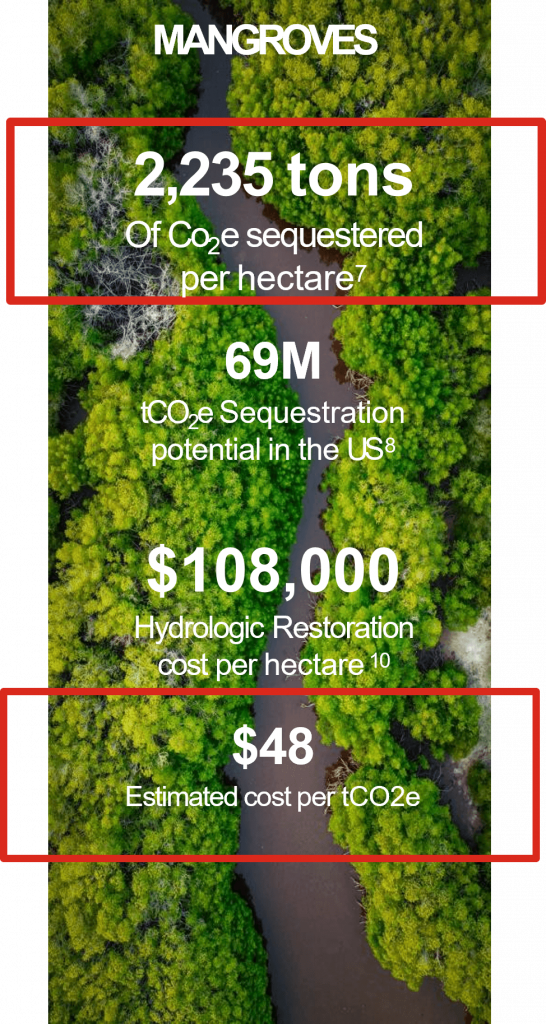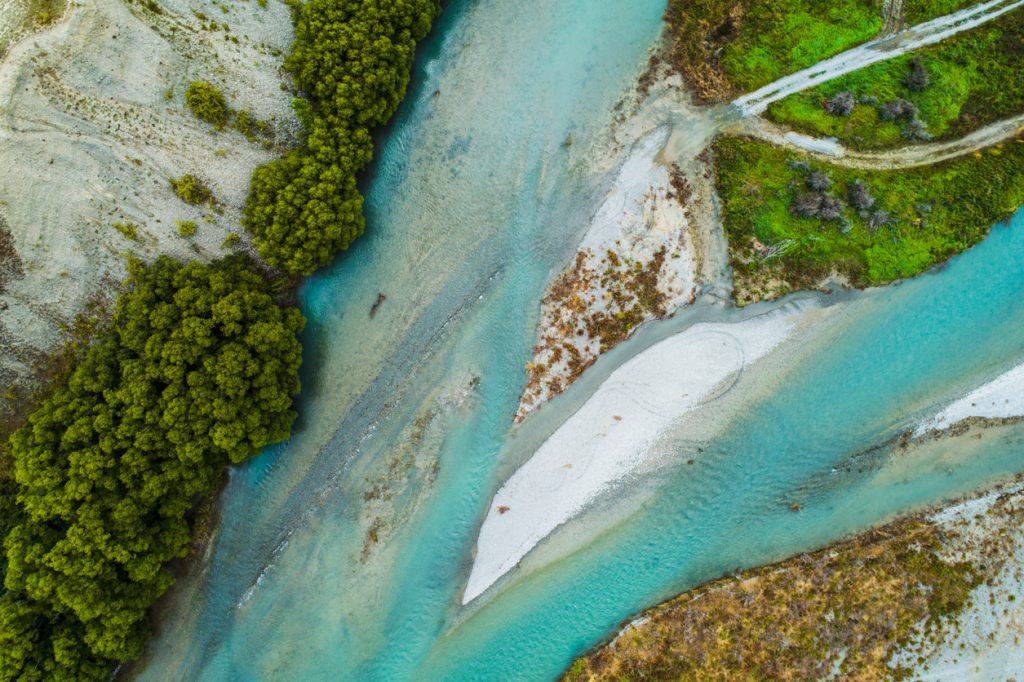To have a more detailed understanding of the abovementioned techniques, a holistic and multi-dimensional framework was applied. This framework consisted of seven criteria. All criteria ranged from a score of 1 (lowest) to 5 (highest), apart from costs and trade-offs criteria for which the order was reversed (1- highest, 5-lowest).
Criterion 1
Biodiversity impact: how positive the impact of the technique is on biodiversity conservation/restoration/enhancement
Criterion 2
Pollution impact: extent to which the technique can reduce pollution in the oceans
Criterion 3
Carbon impact: extent to which the technique can sequester carbon
Criterion 4
Readiness level: technological readiness level of the technique. Whether it is at a research, development, or deployment stage
Criterion 5
Costs: capital expenditure of the technology (e.g. equipment, technology development costs, infrastructure)
Criterion 6
Trade-offs: the trade-offs that come with implementing the technology (e.g. implementation of floating booms to reduce pollution in the oceans can potentially lead to reduction in marine wildlife)
Criterion 7
Scalability: extent to which the technology can grow in the market (compound annual growth rate CAGR), its potential geographical reach, its social and political acceptance and support
